Polkadot network architecture and the ecosystem around it

Along with co-founders Peter Czaban and Robert Habermeier, Dr Gavin Wood (one of the co-founders of Ethereum) designed and founded the Polkadot Network. '' Polkadot is the first fully-sharded blockchain that enables scalability by allowing specialised blockchains to communicate with each other in a secure, trust-free environment''. Polkadot launched in 2020 and is among the newest protocols created to optimize existing frameworks in which blockchains operate.
Polkadot network architecture and the ecosystem around it
Polkadot is a blockchain connecting protocol that allows data and value to be sent across otherwise incompatible networks like Bitcoin or Ethereum. This is done by using many parallel blockchains "parachains") which then serves to lower the processing demand of the main blockchain. Despite being a decentralised protocol, it has its own token (DOT), which can be used for staking and governance.
Polkadot uses Nominated Proof-of-Stake as its consensus mechanism. The system encourages DOT holders to participate as nominators who can back up to 16 validators as trusted validator candidates. Both validators and nominators lock their tokens as collateral and receive staking rewards.
The components that make up the Polkadot blockchain system are:
The Relay Chain
The main component of the system; The Relay Chain provides the shared consensus between the parachains and facilitates cross-chain interoperability. The Polkadot wallets, accounts, and governance are all structured in the Relay Chain framework.
Parachains construct and propose blocks to validators on the Relay Chain. As the Relay Chain provides the security guarantees, collators - full nodes of these parachains - don't have any security responsibilities, and thus do not require a robust incentive system.
Blockchain bridges are ways for two economically sovereign and technologically diverse chains to communicate with each other. These bridge designs are available in different arrays from centralised and trusted to more decentralised and trustless bridges which enable the interaction of the Polkadot network with other blockchain networks and are connected to the Relay Chain.
Furthermore, by acting as a communication channel for isolated blockchains, these bridges will help Polkadot bridge the future of Web 3.0.
Staking on Polkadot
Nominated Proof of Stake (NPoS) is the consensus mechanism used to create and validate blocks in the Polkadot blockchain. There are two staking roles in the system - Validators and Nominators, that together create a staking pool. Staking pools are then rewarded with the block rewards and transaction fees generated by the system. also get to vote on future developments of the network.
Validators secure the Relay Chain by staking DOT, validating proofs from collators and participating in consensus with other validators. These participants play a crucial role in adding new blocks to the Relay Chain and, by extension, to all parachains. This allows parties to complete cross-chain transactions via the Relay Chain. Parachain validators participate in some form of off-chain consensus and submit candidate receipts to the tx pool for a block producer to include on-chain.
Validators perform two functions: Verifying that the information contained in an assigned set of parachain blocks is valid (such as the identities of the transacting parties and the subject matter of the contract) and participating in the consensus mechanism to produce the Relay Chain blocks based on validity statements from other validators.
Polkadot Governance
To make any changes to the network, active token holders and the council will have to participate in a referendum in order to administrate a network upgrade decision. The proposal can either come from the public (token holders) or the council, it'll follow the same process to let all holders, weighted by stake, make the decision.
Referenda
Referenda can be started in one of several ways:
Publicly submitted proposals;
Proposals submitted by the council, either through a majority or unanimously;
Proposals submitted as part of the enactment of a prior referendum;
Emergency proposals are submitted by the Technical Committee and approved by the Council.
Kusama
Kusama was created to test for upgrades or changes made to the Polkadot network. As such, upgrades or changes are first released on Kusama before being implemented on Polkadot. The shared security within the Polkadot network can make it a valuable endeavour to stress test the technology as much as possible, and Kusama is made explicitly for that purpose. Hence, Kusama shares many similarities with Polkadot in that it provides a relay chain for parachains. Also, to speed up the testing process, everything runs up to four times faster than Polkadot.
However, Kusama will likely split from Polkadot to be its own independent, standalone network. This way, it would have served its original purpose while also providing a low barrier to entry for developers to test their projects.
Polkadot has had a growing influx of developers. It started from only 197 people in 2019 to around 1,500 developers at the start of this year. This is an indication of its increasing popularity and growth.
Another indication of its growth is the 630% increase in its token price in less than a year. It started at $2.76 per coin in August 2020 and then later hit an all-time high of $49.69 on May 15, 2020. However, the recent fall in crypto prices caused it to lose more than half of its record value. Despite that, it has demonstrated its potential through what it initially set out to do.
Polkadot’s primary objective to serve as a means to connect and work with other blockchain networks has shown a glimpse into what the future has in store. According to its co-founder Dr Gavin Wood, Polkadot will only get better with time as more and more users flock to what the platform has in store.
Don't forget to follow us @cryptonezo to stay updated with the latest blockchain and cryptocurrency news.

Financial Crime Investigator & AML Specialist. Crypto Educator NFT Marketing & Crypto Promoter DeFi & Web 3.0 Content Writer
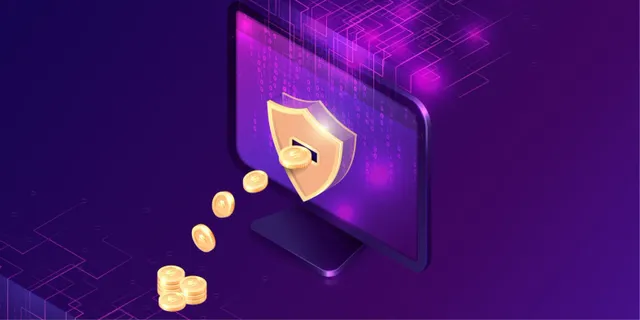
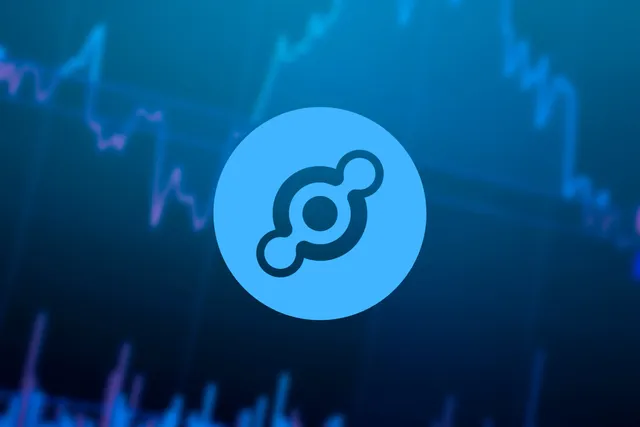
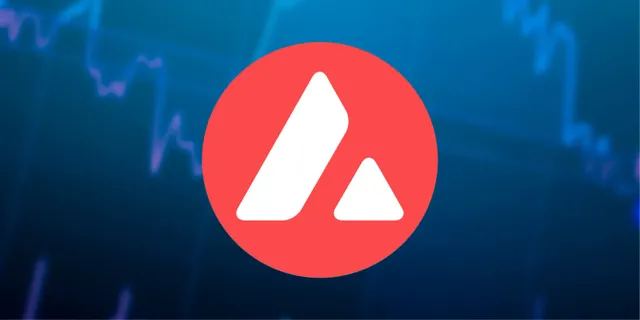
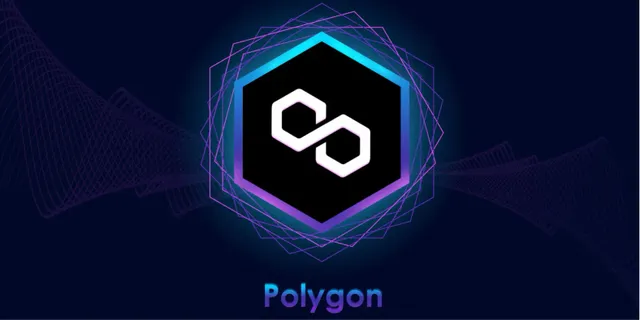

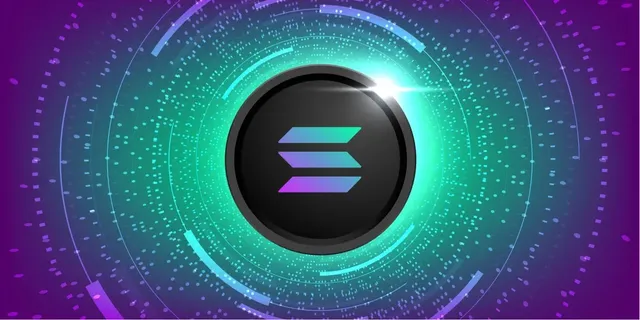
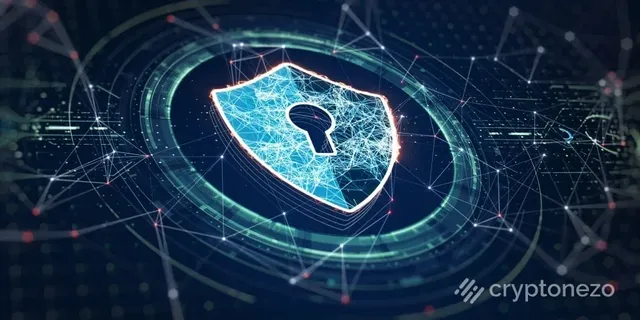
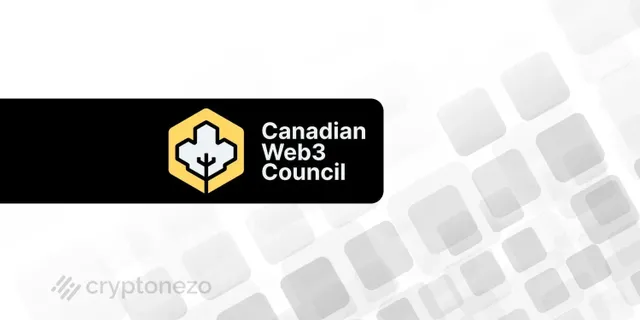
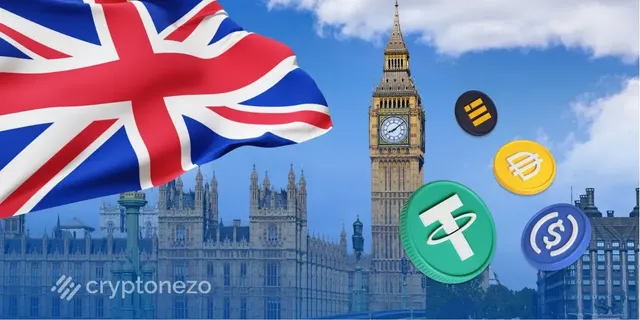
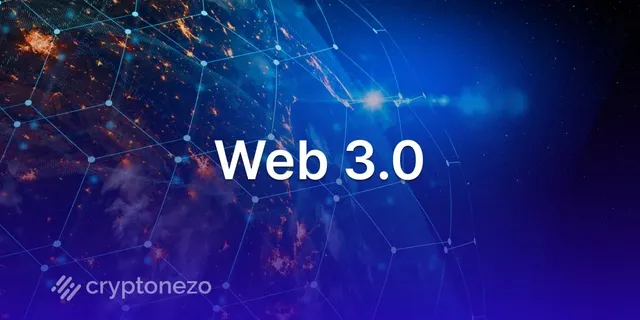


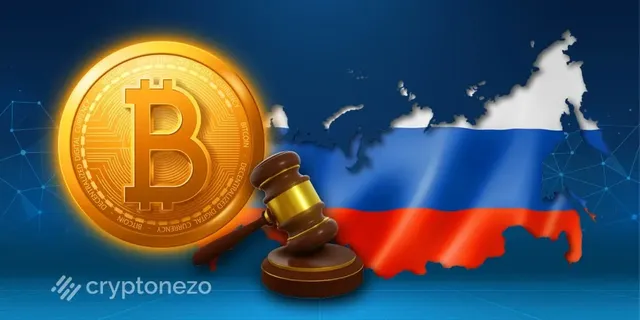
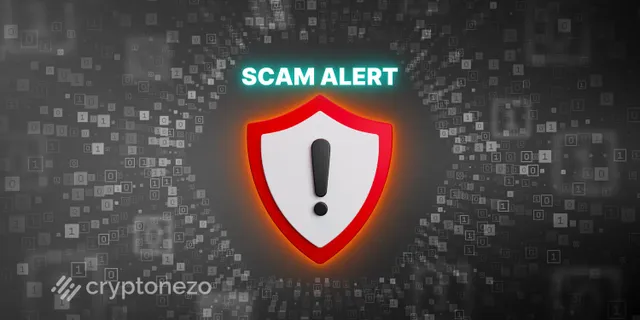


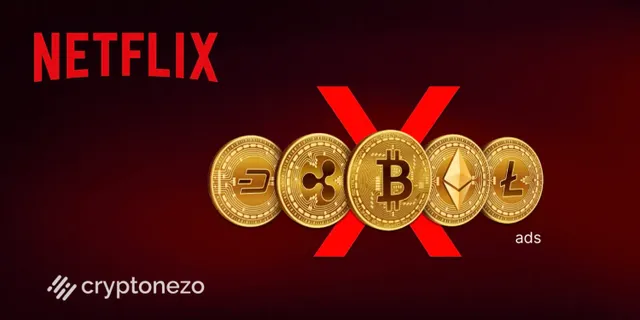
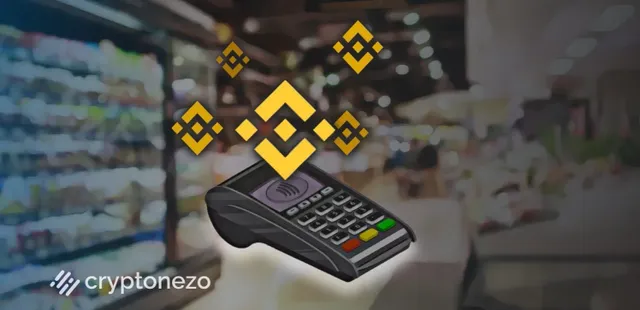
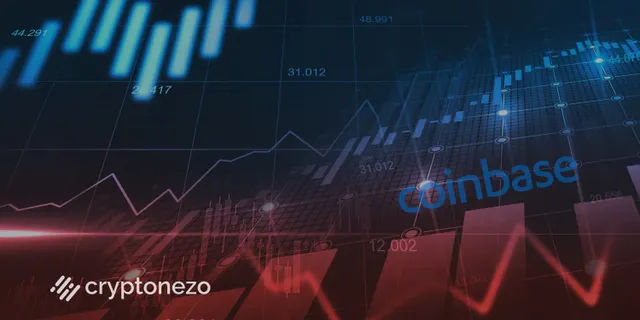
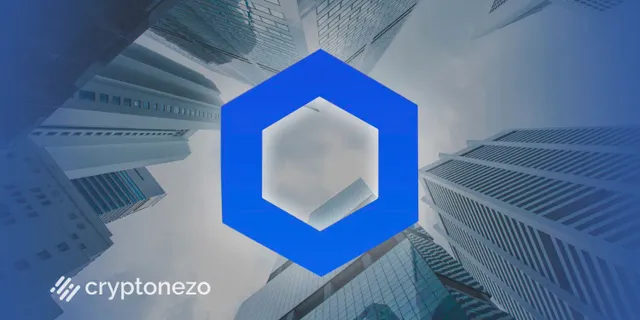
.webp)